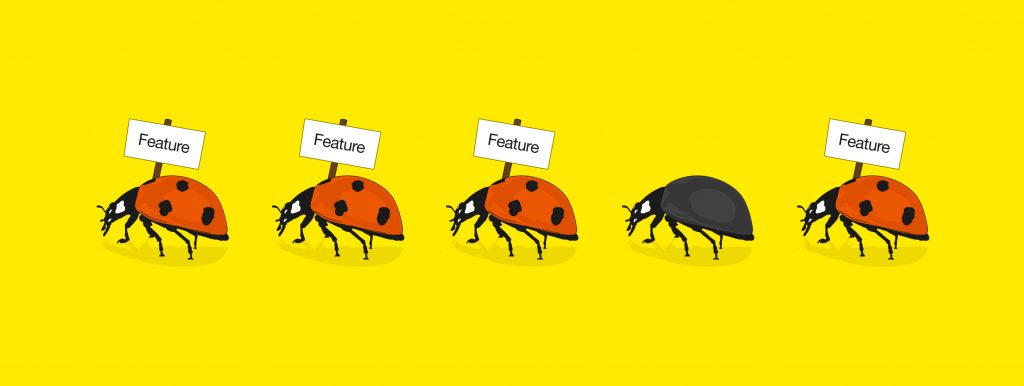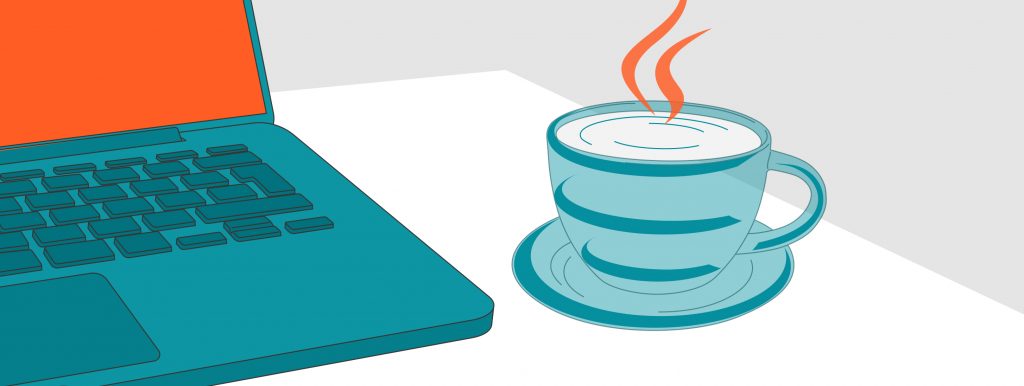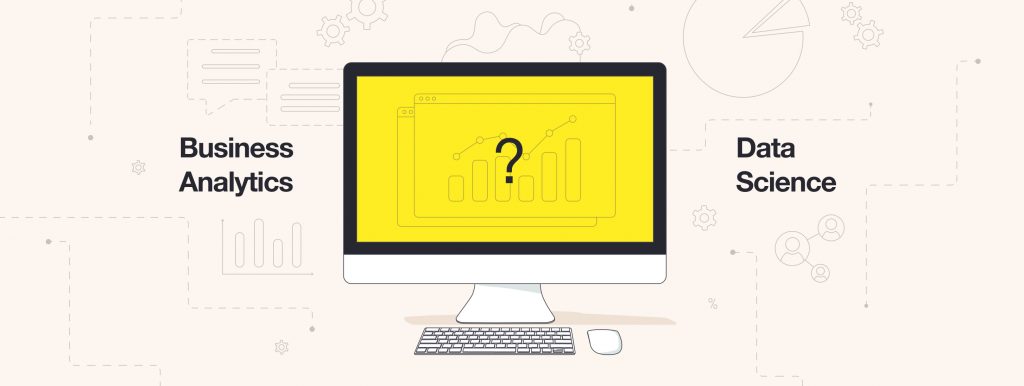User stories are tools used in Agile software development, allowing you to organize your daily work in a user-oriented system. This approach helps you strengthen cooperation, search for non-standard ideas, and improve the quality of the product. What other benefits of using user stories can you get?
The role of user stories in your project
A user story is a description of the software functionality formulated in simple terms. It represents user’s needs, based on which the development team can create high-quality products in a short time.
The wording of user stories is clear to everyone, even people without any technical education, so they are easier to understand, discuss, and unambiguously interpret by the team.
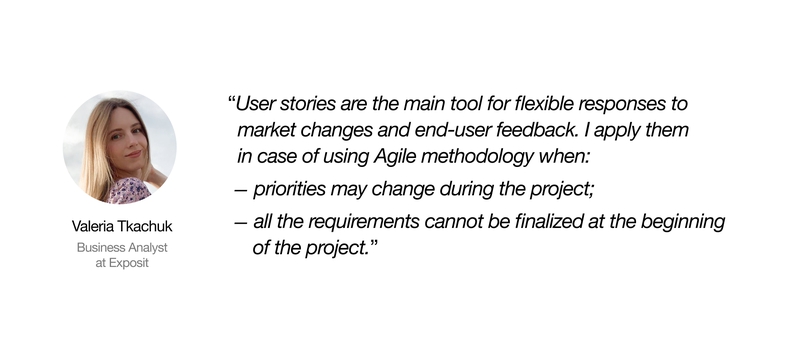
User stories are written iteratively as needed while working on a project. They are independent of each other, so they are very convenient for planning, evaluating, and prioritizing.
These Agile tools allow a development team not to waste time developing numerous formal documents that list all the functionality of the project. In addition, if there are changes in the requirements, members of a project team do not have to spend time updating the documentation, they just need to write a new user story.
How to write a user story?
Generally, a user story is the answers to 3 questions connected in one sentence:
- As a <Who are we building this for?>,
- I want <What do they actually want to achieve?>
- So that <Why is it important?>.

It is not obligatory to adhere to this structure of building user stories: each team can define its structure and stick to it when creating user stories.
To visualize user stories, you can build a visual map using the User Story Mapping (USM) method. It is more convenient to work with such a map when a user story is quite complex and includes many parameters.
The formulation and writing of user stories are handled by a business analyst, who necessarily takes into account the requirements of the client and other stakeholders.
When this stage is complete, the entire team joins the business analyst and starts discussing user stories to confirm their feasibility, completeness, and a clear understanding by all team members.
An important role in the process of creating user stories is also assigned to the Product Owner. This person approves the written user stories and participates in discussions with the team in case of controversial issues.
To test user stories, you need to use the acceptance criteria that will help you determine the completeness of user stories and ensure that you have all the necessary features to meet your requirements and the needs of users.
What are the advantages of user stories?
Well-formed user stories can bring a large number of benefits that will lead the project to succussed in the future. How do user stories influence your product development process?
- Encourage Creative Solutions
User stories motivate members of the development team to collaborate with users and/or a Product Owner to discuss stories and find the best solution and the best way to achieve stated goals.Such debates open up space for creativity and innovative ways to address customer needs, which ultimately leads to the choice of the best solution. - Increases Understanding
No technical terms are used to write user stories, which makes them understandable for both customers and developers.Being able to participate in the discussion by all stakeholders improves the overall understanding of what users expect, what the product owner wants, and what is real from a technology perspective.
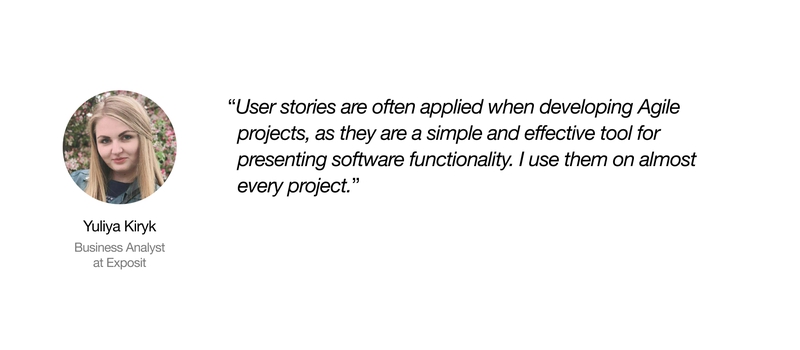
- Boost Transparency
Co-writing and discussing user stories increase the transparency of interactions with team members, product owners, and stakeholders. Increased transparency increases trust and improves team performance. - Reduce Risks
All of the above benefits of using user stories help eliminate communication, technical, financial, and other risks. This approach creates favorable conditions for developing a high-quality product that meets your expectations and user desires.
Thus, user stories are tools that are used in Agile to describe the functionality of the software from the point of view of end users. The use of user stories in project management reduces the time and money spent on creating comprehensive documentation, makes work easier and clearer, and focuses on business value.
The Exposit team has enhanced experience in implementing software projects using Agile frameworks. Contact us to start the collaboration with our skilled Business Analysts, who will help you create an app meeting all your requirements and needs.




